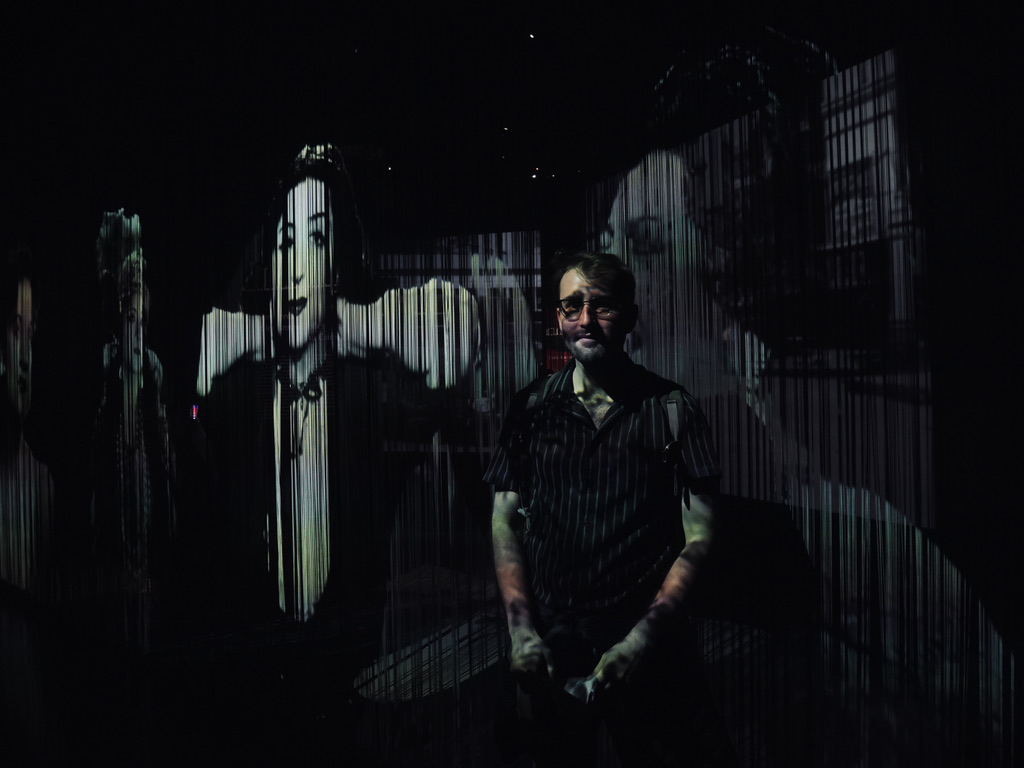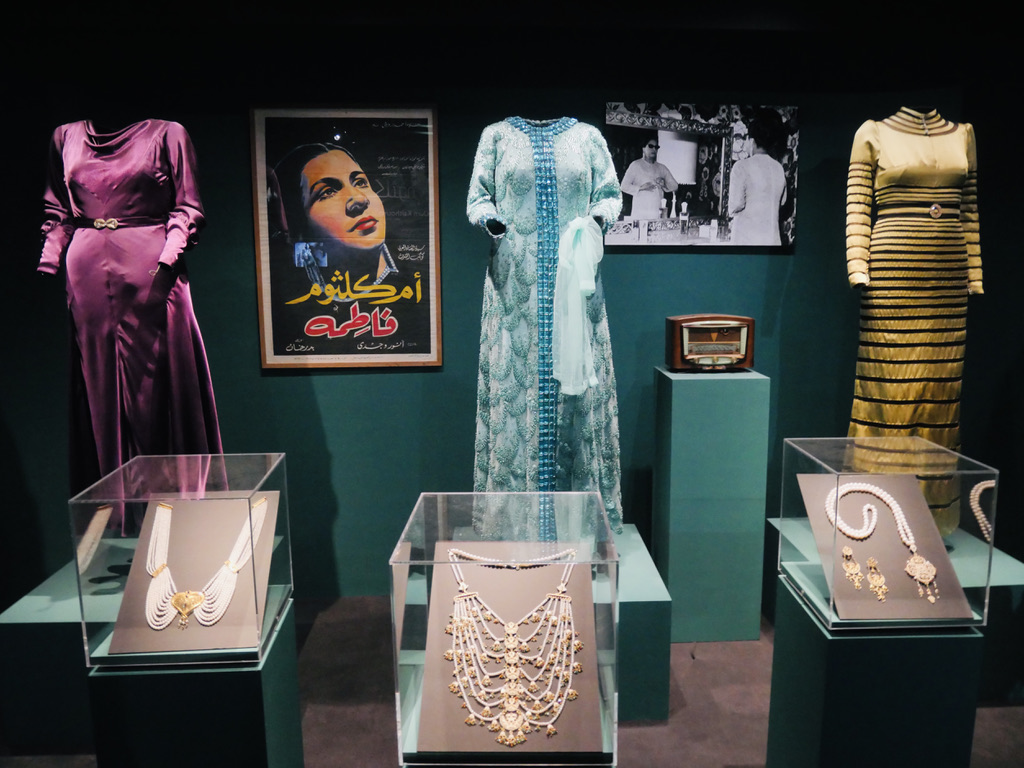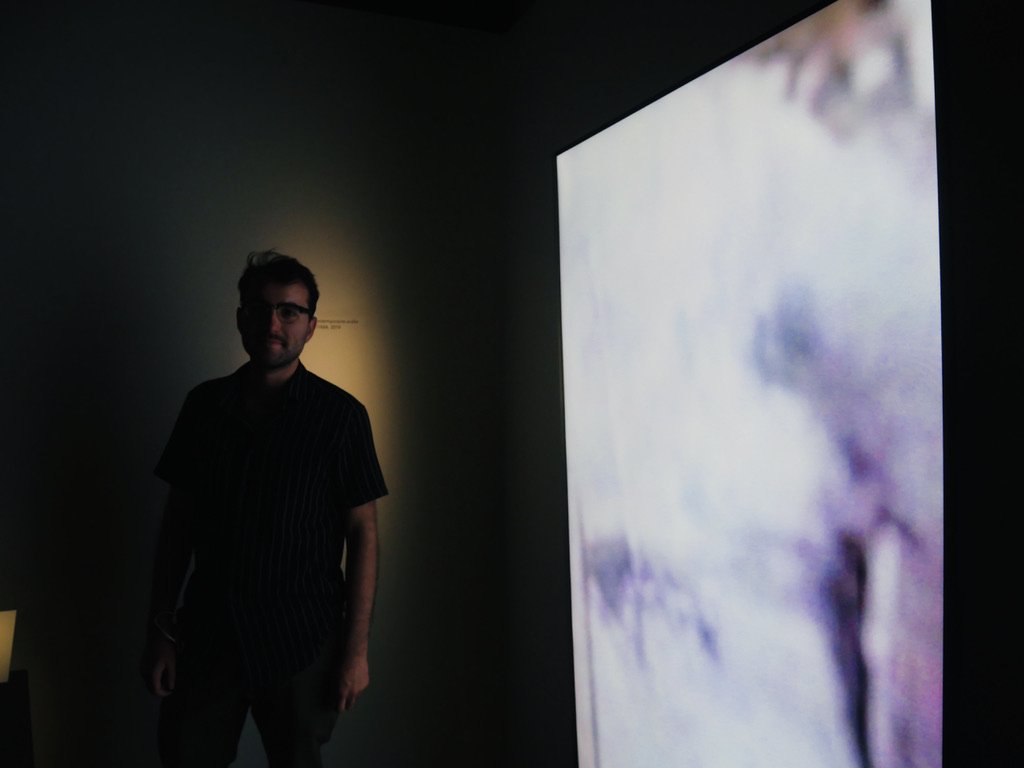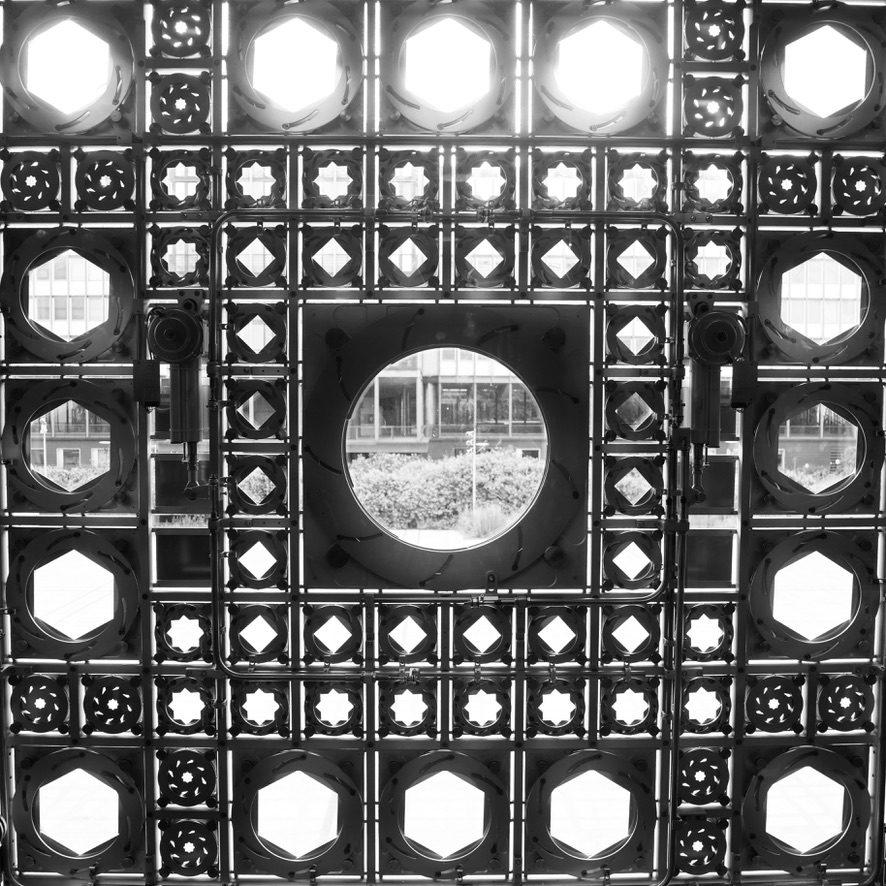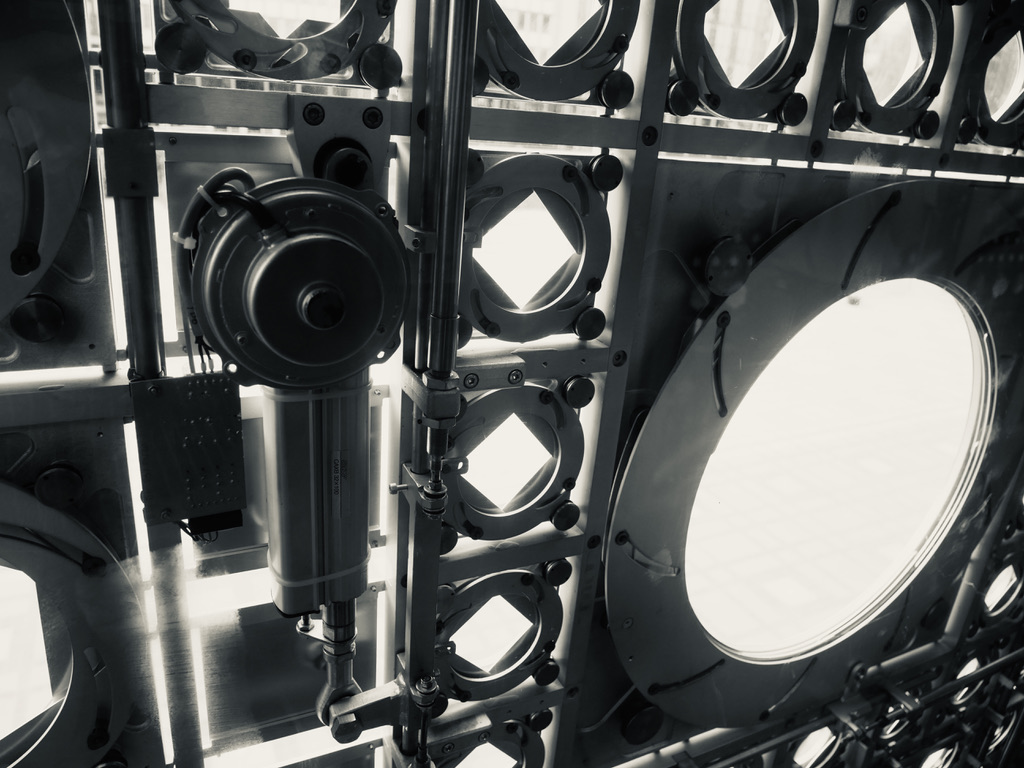A collaboration with the artist Rita Hajj
In 2020, I collaborated with the artist Rita Hajj on her work “Figures Dissidentes”, in which I designed a generative model trained on a corpus of the dance practice popularized during the Egyptian golden era, mixing scenes of cinema professionals and amateur dancers from the web.
A visual installation was exhibited at “Divas: from Oum Kalthoum to Dalida”, a temporary exhibition in “Institut du Monde Arabe” in Paris, from may to septembre 2021. Here are a short overview of the work and the rest of the exhibition I visited with my friend Mahmood and Géraldine.
Description of the work
“Figures Dissidentes” is a digital work that investigates the practice of dance known during the golden age of Egyptian cinema as “oriental dance”; a problematic denomination that leads to a categorization corresponding to the socio-political context of its popularization. This work aims to both celebrate these women divas and deconstruct the images and representations they evoke; resituating its multiple realities and posing the question of the place of dancing bodies in society; as well as against the codified shows and imaginaries constructed around them.
Through the cinema, this practice was put forward thanks to women divas dancers who, by expressing themselves, expressed themselves, radiated and conveyed a liberated image, far from the social and religious hegemony of the time. Brought under the spotlight of notoriety and subject to collective desire, they remained under the sway of a star-system industry as well as the patriarchal and family system, resulting in little space for power negotiation. This practice then revealed to have always reflected an image of liberty, whereby issues related to the status of women dancers and their freedoms of expression still manifest stigma today.
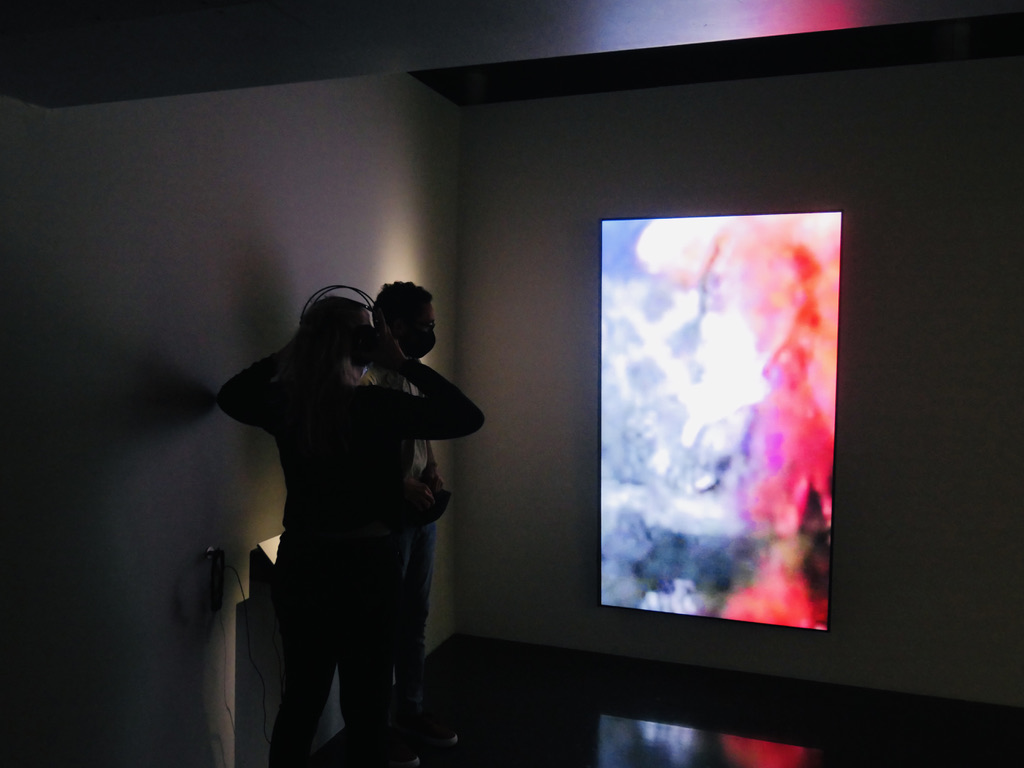
“Figures Dissidentes” therefore attempts to bring a parallel observation to the deep wills of socio-political and economic changes of the new generations; struggles greatly led and defended by artistic discourses, including precisely the representation of women. These struggles have always existed, these struggles are daily danced, a form of resistance, escape lines and joy. As a note, here, dissent is linked to creativity, as brought by the writer, activist and feminist Nawal El Saadawi, defined by a non-conformity to a situation and a challenge to the status quo. In the form presented, the work shows this dance as a strongly active mode of expression in everyday life in popular, family and festive contexts, assimilated to the practice of these women divas. Between cinema scenes and amateur scenes, “Figures Dissidentes” plays on a mimicry of this practice anchored in the cultural memory and its re-appropriation reflecting other realities. To do so, the tool used is that of a machine learning method, a field of study of artificial intelligence based on data modelling. With an artificial neuron, which mimics the behavior of a biological neuron, a signal reception and transmission to other neurons will reveal emergent properties at the time connected in a network. The neural networks are “trained” with collected data. The network that is used in this project is based on the goal of observing and reproducing images from video archives, and then ordering the generated images over time. The sequence of images from the videos are used to “train” (algorithmically optimize) a mathematical model consisting of a network of “artificial neurons”. These neurons, organized in interconnected layers, mimic a simplified behavior of biological neurons: they receive signals and transmit others to the following layers. The training changes the way the signals propagate through the network, trying to optimize the reconstruction of the video. The two neural networks used in this project, a Variational Auto-Encoder and a Recurrent Neural Network, seek both to reconstruct the images and to learn the temporal dependencies between these images, the motion.
This approach is research-based, aiming to observe and reproduce; generating new moving images that question what remains, what is retained and what is transmitted. With the basic material juxtaposed, the generation introduces transitions that push the model into the edges of what it has learned, and blurs the lines between past and present. Contrary to the cinematographic images that fragment the dancers’ bodies, we observe a deconstruction of the voyeuristic gaze associated with these images on the screen; rather hybrid fragmentations while isolating the choreographic movements: circular, vibrant, based on the verticality of the posture, and the balance between head, legs and hips.
As for the sound, created by Youmna Saba, it is a lyrical interpretation that tells with words what the music is like. It accompanies the dancing bodies in their various movements; sometimes silent, sometimes fluid, bringing back the power to the dancing bodies that guide the rhythm themselves and direct the spectator’s gaze. A willingness to work with this visual and sonic language offers a look at a memory that acts as a performative act, not a reproductive one, in the field of art and popular culture. The narrative and images generated focus on gestures and movements rather than on the body and its sacredness, allowing for the opening of new discussions and critical thoughts on this practice.
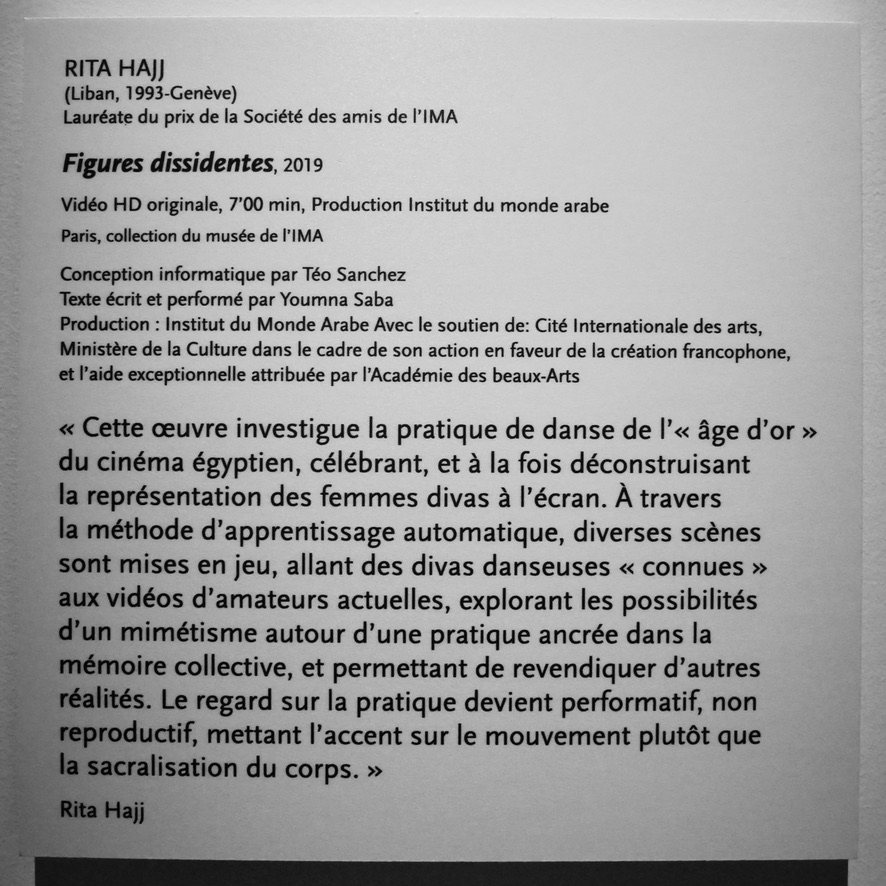
Text from Youmna Saba (in arabic and french)
إيقاعٌ مرسل
نبضات غير منتظمة
مجاوبة بين الراقص والعازف
أم الراقصة والعازف
أو العازفة والراقص
إرتجالٌ، حوار
إرتجال الحوار
حوار من؟
من يدير الحوار؟
إلى إيقاعٍ
ثابت
تكراري
دوري
Improvisation d’un instrument percussif
Un rythme non-mesuré
Des pulsations irrégulières
Un dialogue entre le danseur et le musicien
Ou la danseuse et le musicien
Ou la musicienne et le danseur
Improvisation, conversation
Improvisation de la conversation
La conversation de qui ?
Qui dirige la conversation ?
Vers un rythme
Fixe
Répétitif
Cyclique
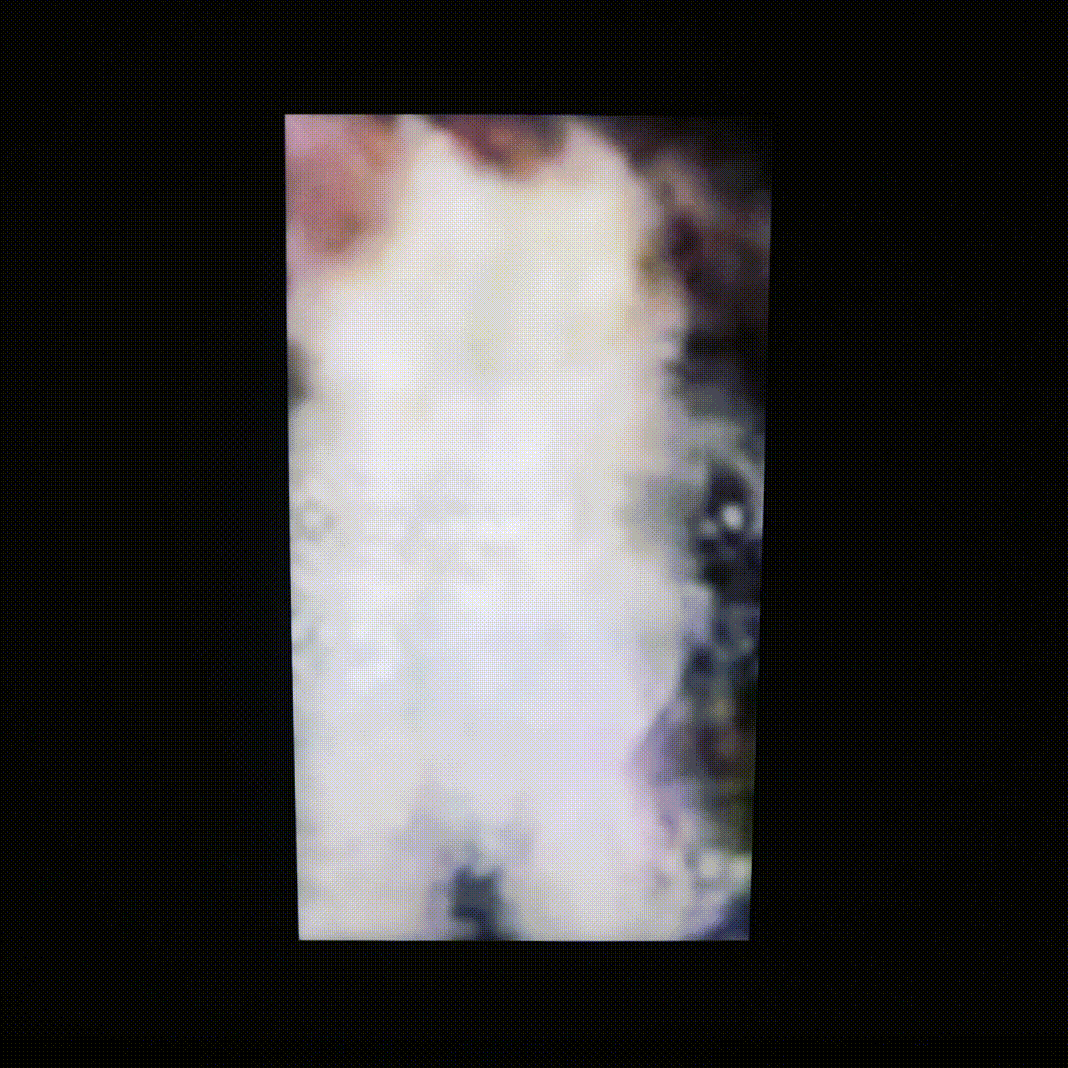
Divas: from Oum Kalthoum to Dalida
I had the pleasures to visit the exhibition last week-end with my friends Mahmood and Géraldine. We learnt a lot about the great women artists of the Arab music and cinema of the 20th century. Here are some pictures from our visit :)
